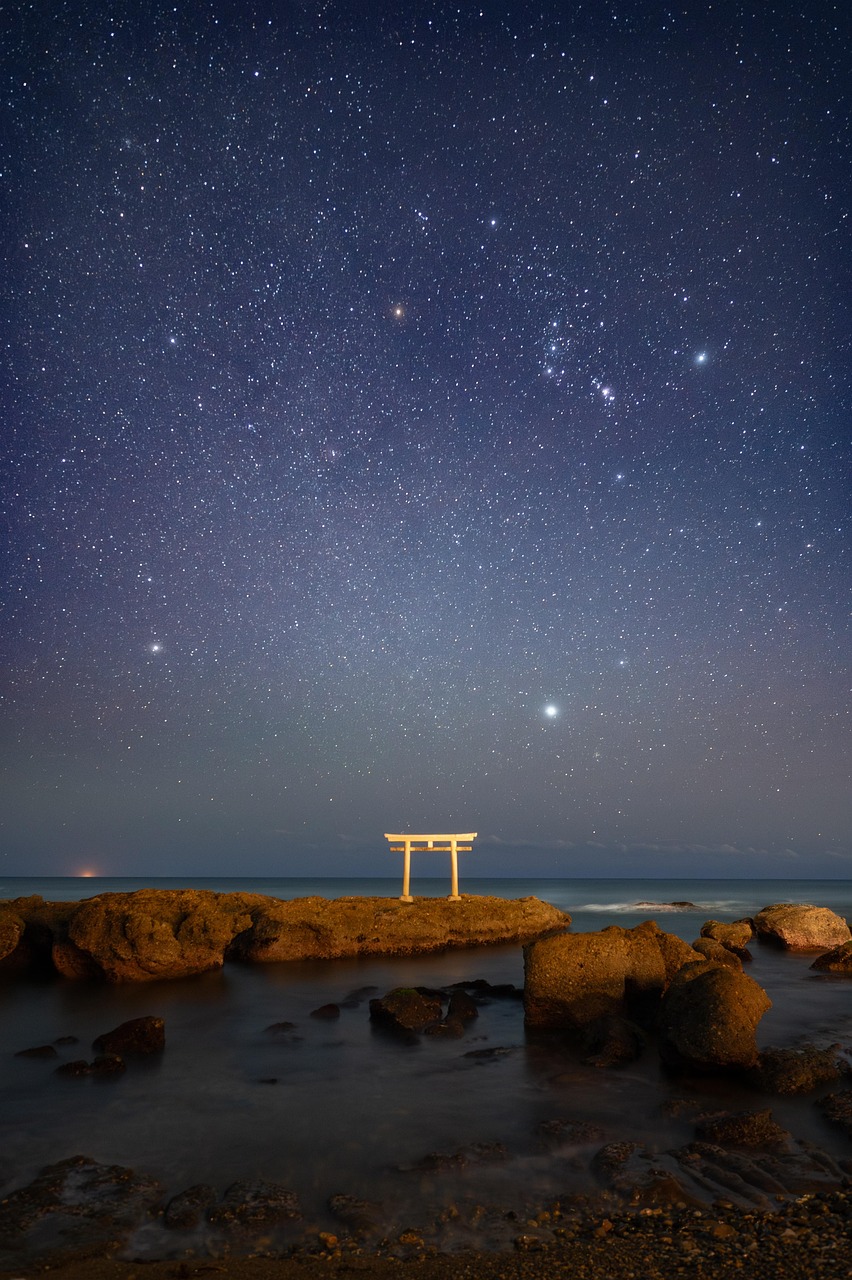Sirius, the brightest star in the night sky, continues to captivate stargazers worldwide. If you’re eager to spot this stunning celestial beacon in 2025, this comprehensive guide will help you know exactly when and where to look, plus expert tips for the best viewing experience.
🔭 What Is Sirius?
Sirius, also called the Dog Star, is located in the constellation Canis Major. Known for its brilliant blue-white glow, Sirius is the brightest star visible from Earth (excluding our Sun) due to its intrinsic luminosity and close proximity of about 8.6 light-years.
🗓️ Best Time to See Sirius in 2025
Northern Hemisphere
- Visible from late autumn through early spring.
- Best months: December, January, February, and March.
- Sirius rises in the southeast after sunset and climbs higher as the night progresses.
- Around January 1, 2025, Sirius reaches its highest point in the sky around 9 PM local time — ideal for viewing.
Southern Hemisphere
- Sirius is visible for most of the year.
- It appears higher in the sky compared to northern latitudes, making it easier to observe.
🌍 Where to Look in the Sky
- Find the constellation Orion — recognizable by its famous three-star “belt.”
- Draw an imaginary line through Orion’s Belt stars from left to right (for Northern Hemisphere viewers).
- Follow the line downward and to the left to locate Sirius.
- Sirius is the brightest star along this line, shining with a distinct blue-white color.
🌌 Skywatching Tips for 2025
- Choose a dark location away from city lights for optimal visibility.
- Allow your eyes to adjust to the dark for at least 20 minutes.
- Use a stargazing app (like Stellarium or SkyView) to help pinpoint Sirius.
- Binoculars can enhance the view but are not necessary; Sirius is bright enough to see with the naked eye.
- Check local weather forecasts to avoid cloudy nights.
📅 Special Events Involving Sirius in 2025
- January 1–10, 2025: Sirius is prominent in the evening sky and can be spotted easily.
- Late February to March 2025: Sirius sets earlier each night, so early evening viewing is best.
- Keep an eye out for conjunctions or alignments with the Moon or planets, which make for spectacular views.
🌟 Fun Fact
Sirius twinkles with different colors (red, blue, green) when it’s low on the horizon due to Earth’s atmosphere — a beautiful effect to watch during your stargazing sessions.
📷 Suggested Image

Sky chart showing Sirius and Orion’s Belt — your guide to finding Sirius in 2025.
✨ Summary
| Aspect | Details |
|---|---|
| Best Viewing Time | Dec 2024 – Mar 2025 (Northern Hemisphere) |
| Best Viewing Direction | Southeast after sunset |
| Key Reference Point | Orion’s Belt |
| Visibility | Naked eye, binoculars optional |
🌠 Ready to Spot Sirius in 2025?
With these tips, you’re set to enjoy one of the brightest stars lighting up the night sky this year. Whether you’re a casual stargazer or a seasoned astronomer, Sirius never fails to impress.

Leave a Reply